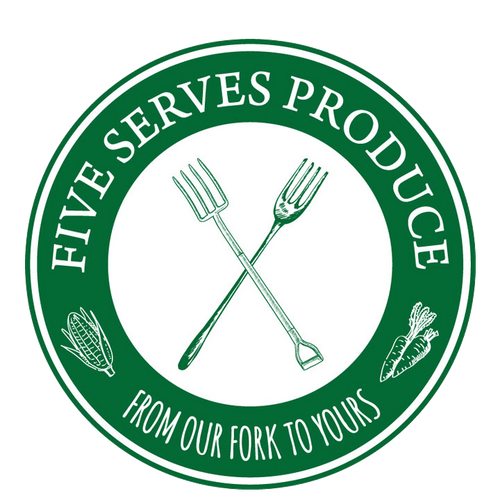How to Grow Herbs Successfully at Home and Seasonal Recipe Ideas for your Veggie Box
Selecting which herbs to grow It may be tempting to plant every herb under the sun, from Vietnamese mint to chervil. However, each will require maintenance and you may want to plant only those that you will actually use. Common herbs include parsley, basil, mint, dill, coriander, chives, thyme, rosemary, lemongrass, oregano, sorrel and sage. However there are many more to choose from, including herbs from different cultures and those Indigenous to Australia. Even amongst basil there are over 150 different varieties. If you cook a lot of Italian food you may want to plant oregano as a ground cover and cut it back once or twice a year to dry and store. Make a lot of stir-fries? Lemongrass is a perennial that is easy to grow in the garden. Roast a lot? Rosemary and thyme are easy to grow and perfect to add dimension to roast veggies and meats. Perennial versus annual herbs Perennial means a plant that grows over more than one year and doesn't die after flowering. They are usually propagated from cuttings or root divisions. Examples include rosemary, thyme, mint, sage, lemongrass, chives, sorrel and oregano. Annuals grow well, annually, and will usually flower and set seed in Spring or Autumn. Examples include parsley, basil, dill and coriander. They are best grown from seed, although seedlings of basil and parsley can work well. Caring for herbs Most herbs are perennial and will respond well to being cut back by reshooting fresh tips for harvest. Mint and chives can be cut right back to ground level at any time, whilst lemongrass can be pruned by 50% in late Winter to allow for new shoots to come through. Sorrel flowers should be removed at all times to prevent it becoming weedy, and can be cut back to ground level to tidy up the plant. Thyme, sage and rosemary should be pruned regularly by about 30% from the time of planting to prevent legginess, never cutting into the lower woody stems that don't have leaves as this will kill the plant. Basil can be regularly cut back by 50% to encourage another flush of growth, whilst parsley should be harvested from the outside in, to allow new shoots to emerge from the centre. Coriander and dill are short lived herbs that should be re-seeded every couple of weeks to ensure a continuous harvest. Positioning your herbs Herbs should be located close to the kitchen for ease of access and many can be grown in pots right outside your door. They require 6 hours of full sun (apart from mint and sage which will grow in partial shade), and regular watering and feeding. Still to come Next time I will talk about how to prune Summer crops like tomatoes for maximum fruit and a long-term harvest. This week's recipe links Matcha Miso Pancakes from BBC Good Food. Zucchini Breakfast Skillet from Crunch Time Kitchen. Turkish-Style Leeks from The Mediterranean Dish. Cucumber and Kale Smoothie from So Yummy Recipes. More info To read more about what's happening on our local organic farm this week as we grow and care for veggies for our box delivery, check out this week's newsletter here.
